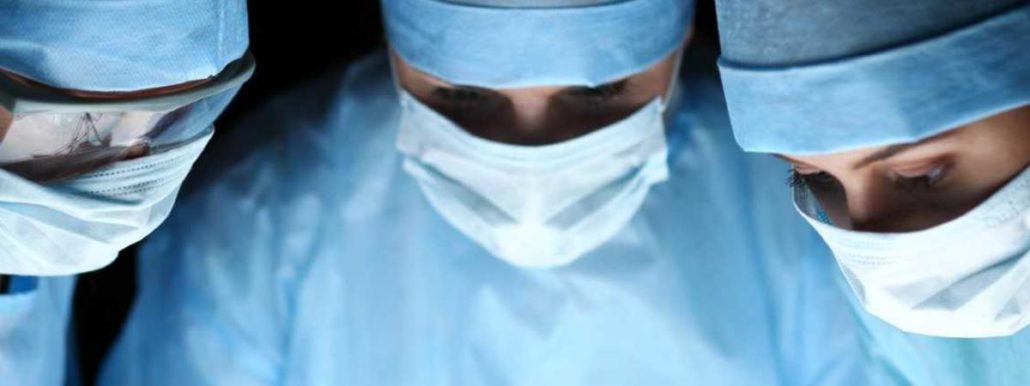UK’s Level 1 trauma center can make all the difference in serious injuries

This year, UK Albert B. Chandler Hospital was again verified as a Level 1 trauma center and a Level 1 pediatric trauma center. UK Chandler Hospital is the only Level 1 trauma center serving Central and Eastern Kentucky, and it is one of only 20 hospitals in the United States to earn distinction as both a pediatric and adult Level 1 trauma center.
The designation, awarded by the Verification Review Committee of the Committee on Trauma of the American College of Surgeons, means that UK Chandler Hospital has trauma surgeons and a highly trained multidisciplinary team available all day, every day, said Dr. Andrew Bernard, trauma surgeon and UK adult trauma medical director.
Who needs a trauma center?
When someone is seriously injured, a Level 1 trauma center offering higher-level care than a typical hospital emergency room can make the difference between life and death.
The biggest difference between a hospital emergency room and a trauma center is the breadth of services, especially surgical services, said Dr. Joseph Iocono, pediatric trauma surgeon and chief of the Division of Pediatric Surgery.
Usually, patients with injuries severe enough to require treatment at a trauma center will not be making the decision to go there – they will be taken to the trauma center by ambulance as quickly as possible.
It’s especially urgent if the injured person is not alert, is bleeding badly or might be bleeding internally, or is having difficulty breathing.
Scenarios might include:
- Injuries from car crashes.
- Gunshot
- Stab wounds.
- Injuries from serious falls.
- Blunt trauma (striking or being struck by an object).
- Traumatic brain injuries.
In such cases, it’s easy to think it will be quickest to take someone to the nearest hospital yourself, but it’s best to call 911.
“By calling 911, you have paramedics who, in a moment of assessment, will know whether the patient needs a trauma center or whether they can be cared for by the closest ER,” Iocono said. “If you are outside Lexington, that may mean going to a regional hospital that can stabilize the patient the best they can while they work with us to get them to UK as quickly as possible.”
Even in Lexington, an ambulance might pass another hospital’s emergency room to get to UK’s trauma center.
Once at UK, patients are often whisked straight to surgery. “If a patient has a severe traumatic injury such as a gunshot wound, you may not even stop in the emergency department,” Bernard said. “Within one to two minutes of arriving at our door, you may go straight to an operating table, because that’s where we control bleeding and save lives.”
Ready for the worst scenarios
In addition to its ability to handle the most serious cases, UK’s trauma center is special because of the volume of patients it can handle.
“At any time we may have two three or even a half-dozen patients who are severely injured and need a surgeon for immediate care and all of this happens within a very short amount of time,” Bernard said. ” But this is what we see and what we do every day at UK.”
Resources can be strained during a scenario such as the mass shootings in Las Vegas, where dozens of adults had gunshot wounds. Although these events are unpleasant to think about, UK prepares for them.
“We make sure we have backup systems in place to ‘surge up’ to meet that type of capacity of trauma patients if needed,” Bernard said. “We practice mass casualty situations and simulations, and we learn from others who have gone through these types of catastrophes.”
For example, trauma experts who cared for victims of the Boston Marathon bombing have shared information.
“It is sad we have to do this, but you have a network of people that have been through it who tell you what worked and what didn’t,” Iocono said.
Kentucky’s trauma care network
While the UK center is the Level 1 trauma center for this part of the state, it is also one of 18 hospitals in the Kentucky Trauma Care System, which was developed in 2012.
The hospitals are verified Level I through Level IV, depending on their resources, with Level I being the highest.
The network provides education for doctors, nurses and paramedics so they can assess injured patients and get them to the right place quickly.
“The goal of the state trauma system is getting the right patient to the right place at the right time,” Iocono said.





